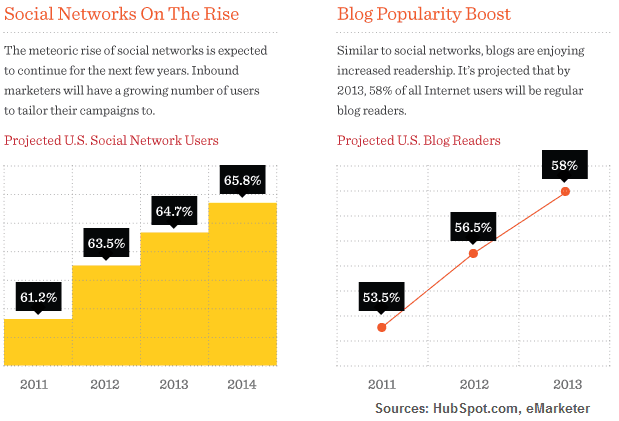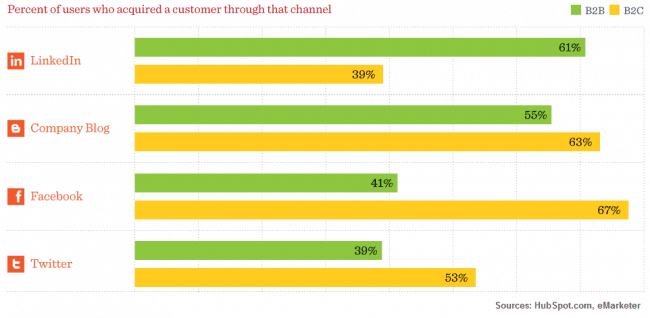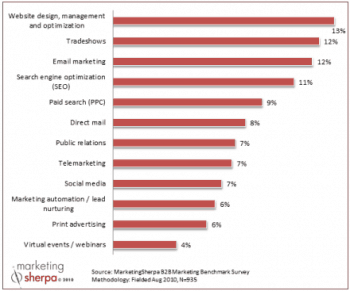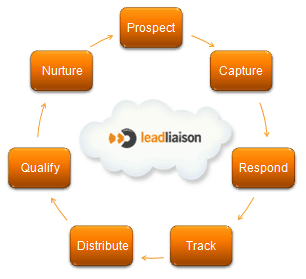Automatically Qualify Leads for Sales
 If you’re in marketing then you’ve probably had your organization press you for more leads at some point. It’s usually sales that places high demands on marketing to continually generate more leads – and it’s usually marketing that claims they pump new leads into the funnel all the time. These debates on and on, back and forth, time after time until one group starts to form a negative opinion about the other. The walls of communication break down and trust disappears. Fortunately, there are two solutions to this problem. Define what is a lead is and automatically qualify leads for sales.
If you’re in marketing then you’ve probably had your organization press you for more leads at some point. It’s usually sales that places high demands on marketing to continually generate more leads – and it’s usually marketing that claims they pump new leads into the funnel all the time. These debates on and on, back and forth, time after time until one group starts to form a negative opinion about the other. The walls of communication break down and trust disappears. Fortunately, there are two solutions to this problem. Define what is a lead is and automatically qualify leads for sales.
Create the Definition of a Lead
First, businesses should create a definition for a lead and establish certain criteria before “stamping” any old contact as a lead. Come up with certain criteria such as revenue, industry as well as level of interest before declaring all names in your system as a “lead”. Whatever your definition is, make sure it’s something both your sales and marketing team mutually agrees with. Place the definition into a Service Level Agreement (SLA) which should serve as a contractual agreement between sales and marketing.
Automatically Qualify Leads for Sales
Second, marketing can automatically qualify leads for sales. Many times sales people get frustrated by marketing as they feel marketing is just dumping business cards and “raw” contacts on their plate. Sales people feel like there’s been no screening or interviewing of the contact to qualify their interest. Instead of relying on your expensive sales team to qualify leads why not use technology to automatically qualify leads for sales. Lead Liaison’s revenue generation software can your marketing team automatically qualify leads for sales by:
1. measuring a prospects total “activities”. An activity could be a website page view, a form submission, a whitepaper download, an online chat and more. It’s a measure of how active the lead is. Based on this measurement leads can be filtered and distributed to your sales team.
2. using weighted measurement of a leads interest. Automatically qualify leads using a concept called “lead scoring”. For example, assign 20 points to a lead if they fill out a web form, add 10 points to a lead if they visit the pricing page and add 30 points to a lead if they visit your website more than two times in the past week. If the lead reaches 50 points or more then escalate awareness of the lead to sales and hand it off via email while automatically loading the lead into your CRM, such as Salesforce.com.
Defining a lead and automatically qualifying a lead are two steps your marketing team can take to build relationships with your sales team and prioritize leads for your organization.
Contact Lead Liaison if you’d like to learn more about our solution to help your business automatically qualify leads for sales.
To be alerted of future posts, please click on the RSS button.













